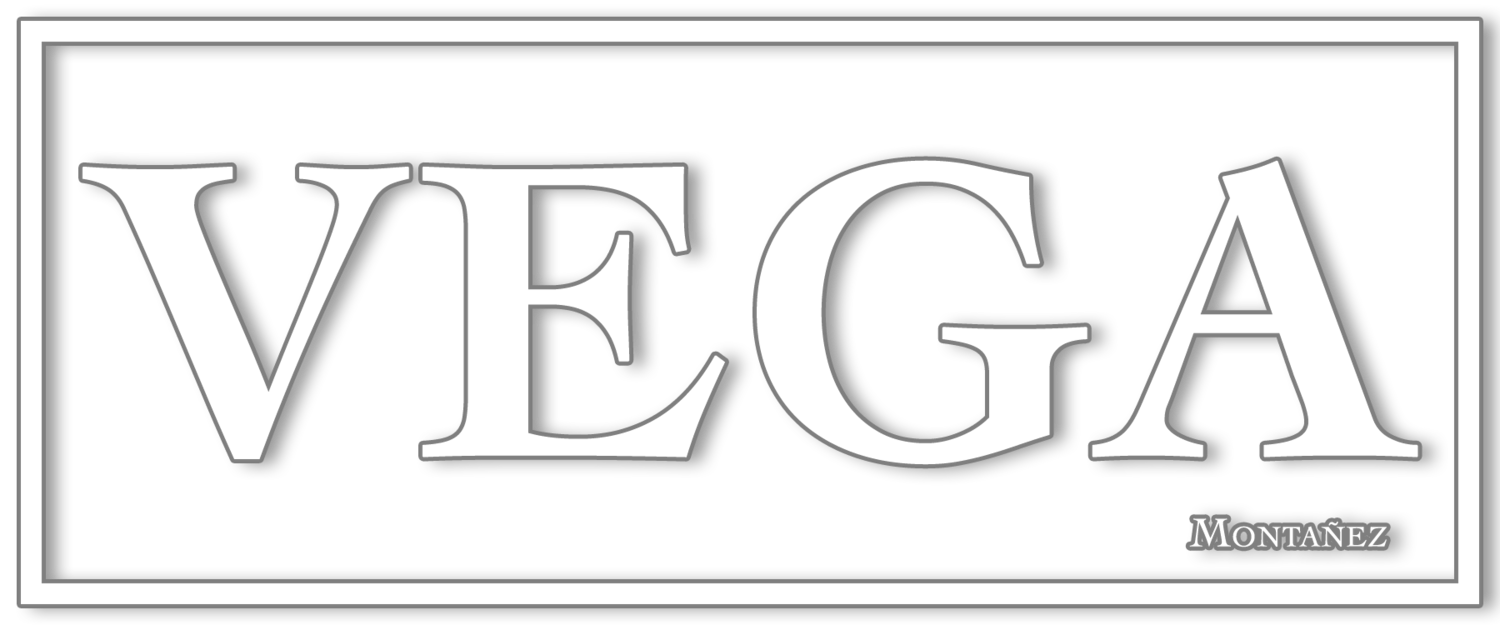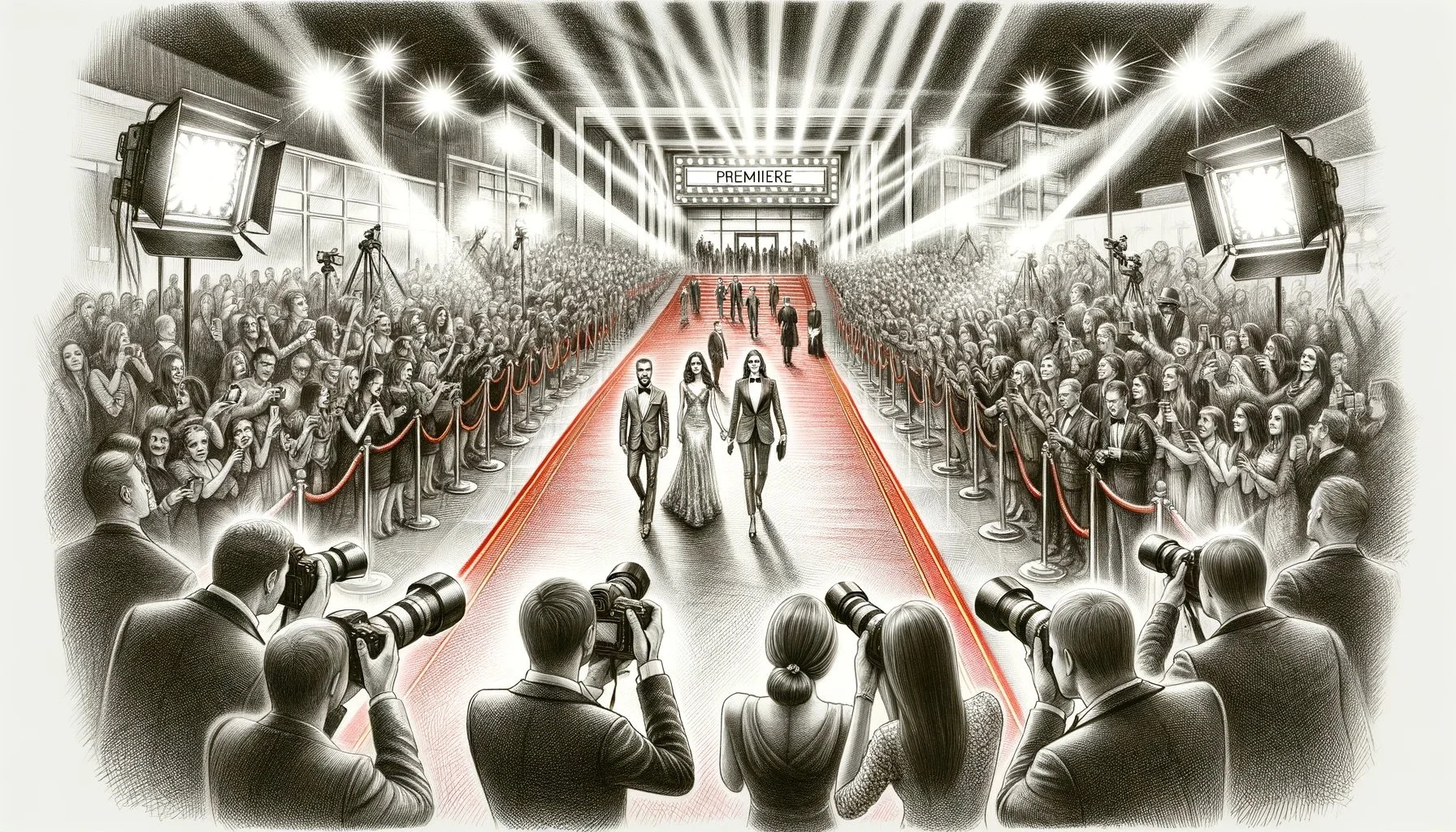Elevating Your Film with Early Sound Design Integration
Introduction
In the intricate tapestry of film production, every element plays a crucial role in weaving the final picture. Among these, sound design is not just an accompaniment but a pivotal storyteller in its own right. Yet, it often finds itself relegated to the post-production phase, overshadowed by visual elements like shot lists, color schemes, and lighting. This oversight can lead to missed opportunities in enhancing the narrative, mood, and overall impact of the film. This blog post aims to spotlight the importance of incorporating sound design choices early in the pre-production process, aligning it with the development of the film's visual language.
The Symphony of Pre-Production
Pre-production is the phase where the blueprint of the film is crafted. It involves decisions on the shot list, color choices, and lighting concepts—each a brush stroke on the canvas. However, integrating sound design at this stage can elevate the storytelling to another dimension.
Shot List and Soundscapes: When directors and cinematographers draft the shot list, considering how each shot sounds can influence the choice of angles, movements, and transitions. For instance, the decision to linger on a silent close-up versus a bustling wide shot can be guided by the intended auditory atmosphere.
Color Choices and Auditory Mood: Color and sound share a symbiotic relationship in setting the film's mood. Warm hues paired with a soft, melodic score can evoke nostalgia, while stark, cold colors alongside dissonant sounds might convey isolation. Discussing sound palettes alongside color schemes can ensure these elements complement each other harmoniously.
Lighting and Sound: Lighting shapes the visual tone, which should be mirrored by the sound design. High-contrast lighting might be matched with stark, sharp sound textures, whereas soft, diffused lighting could be accompanied by gentle, ambient sounds. This coherence between sight and sound enriches the sensory experience of the audience.
Integrating Sound Design into the Narrative
Sound design is a narrative force. It can foreshadow events, define characters, and build worlds. Integrating it early allows for a more cohesive and immersive story.
Character Themes: Just as characters have visual motifs, their presence can be accentuated through sound. Early discussions about character themes can lead to the creation of specific leitmotifs or sound cues that enhance character development and audience connection.
Environmental Soundscapes: The environment a scene is set in greatly influences its atmosphere. Creating soundscapes in pre-production—be it the bustling streets of a city or the tranquil sounds of nature—ensures the auditory environment is as rich and detailed as the visual.
Narrative Pacing: The rhythm and pace of the film can be sculpted with sound. Decisions made during pre-production regarding the use of silence, sound bridges, or musical crescendos can guide the editing process, ensuring the film's pace aligns with its narrative flow.
Technical and Creative Synergies
Sound design is not solely an artistic choice but a technical consideration that benefits from early integration.
Location Scouting: Understanding the acoustic properties of locations can inform both the visual and sound teams. Early sound tests can identify potential issues and guide the selection of filming locations or the need for soundstage adaptations.
Budgeting: Allocating budget for sound design from the start ensures high-quality recording equipment, soundtracks, and sound effects. This foresight prevents costly post-production fixes and elevates the film’s auditory experience.
Collaboration with Composers and Sound Designers: Bringing composers and sound designers into the pre-production process fosters creative collaboration. Their insights can inspire visual elements and vice versa, leading to a more cohesive and impactful film.
The Harmony of Sight and Sound
Incorporating sound design as early as the development of the film's visual language is not just beneficial—it's transformative. It ensures that sound and visuals are not competing forces but complementary elements that together tell a more compelling story. By considering sound alongside shot lists, color choices, and lighting concepts, filmmakers can create richer, more immersive worlds that resonate on a deeper emotional level with audiences.
The future of filmmaking lies in recognizing the intrinsic value of sound design from the outset. As we continue to push the boundaries of what films can convey, the harmonious integration of sight and sound in the pre-production phase will become not just an artistic choice, but a fundamental one. By elevating the role of sound design early in the creative process, filmmakers can craft experiences that linger with audiences long after the credits roll, proving that in the realm of film, hearing is as significant as seeing.




